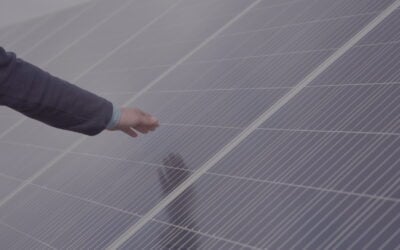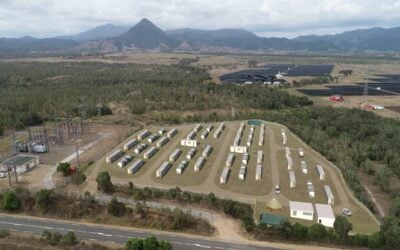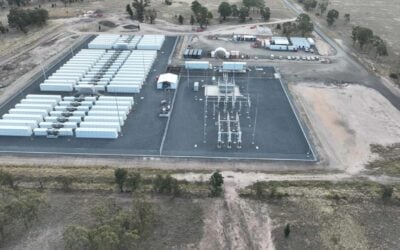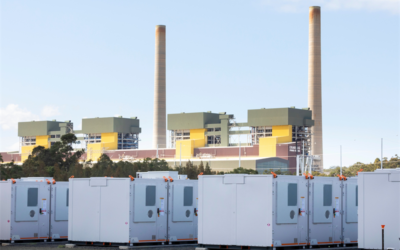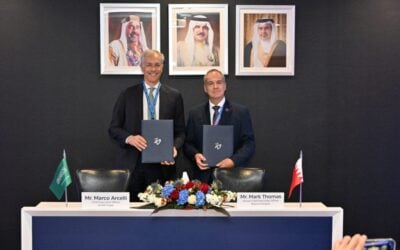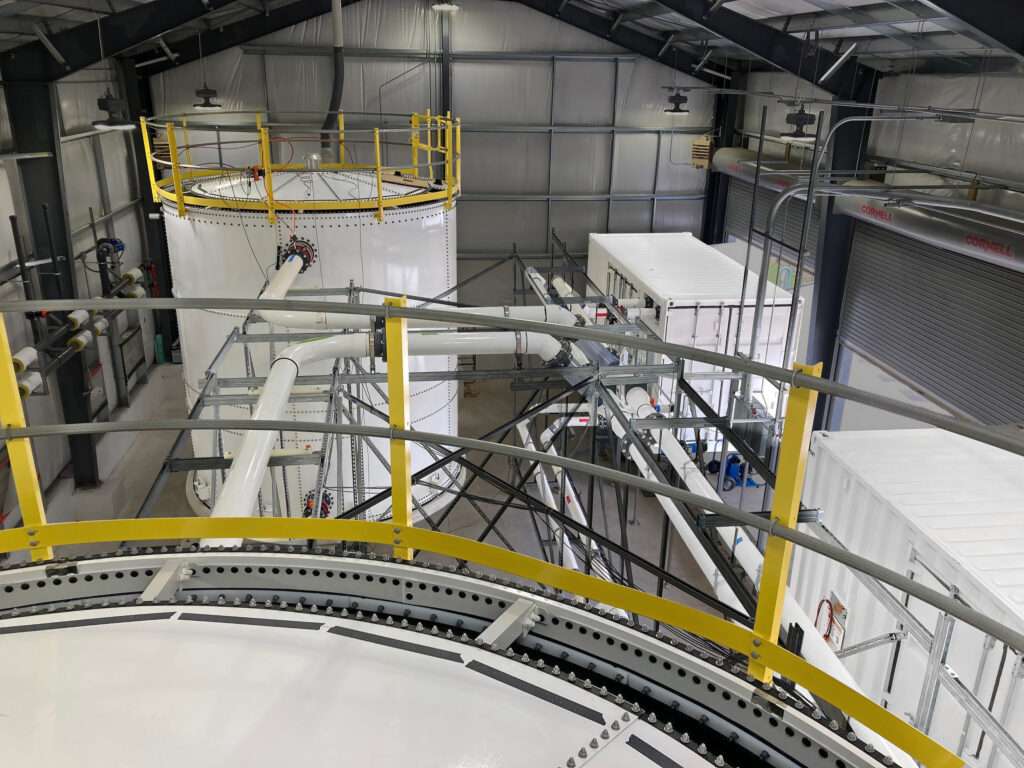
Energy infrastructure group TC Energy has begun work on a solar PV power plant in Alberta, Canada, the company’s first solar project.
While the first phase of TC Energy’s Saddlebrook Solar Project will see the installation of a solar system with 81MW of bifacial solar PV modules. In the second, a flow battery supplied by Lockheed Martin will be added to it, with 6.5MW output and 40MWh capacity, enabling the solar stored to be dispatched to the grid at peak times.
TC Energy is known mostly for natural gas and oil pipeline energy infrastructure development but has contracted for 400MW of renewable energy through power purchase agreements (PPAs) signed over the past two years.
It is also, like many legacy energy companies, considering entering the hydrogen business, exploring plans to build a 60 tonne-a-day hydrogen hub at one of its natural gas storage facilities.
Try Premium for just $1
- Full premium access for the first month at only $1
- Converts to an annual rate after 30 days unless cancelled
- Cancel anytime during the trial period
Premium Benefits
- Expert industry analysis and interviews
- Digital access to PV Tech Power journal
- Exclusive event discounts
Or get the full Premium subscription right away
Or continue reading this article for free
The company said it will invest CA$146 million (US$106.4 million) to build the Saddlebrook plant, located near the small Alberta town of Aldersyde at an industrial park.
All regulatory approvals and permits for the project have been cleared and TC Energy has scheduled for construction to be completed during next year.
Provincial non-profit corporation Emissions Reduction Alberta is supporting the project with CA$10 million funding. Some of Emissions Reduction Alberta’s money comes from contributions paid by industrial groups to partly compensate for their greenhouse gas (GHG) emitting activities and to date support for more than 100 projects has been pledged.
As reported by Energy-Storage.news in December 2021, the funding is to help cover the cost of the flow battery energy storage system.
It will be one of Lockheed Martin’s first deployments of its new product, called Gridstar Flow and following on from its Gridstar Lithium solution, which is already on the market and in use at various sites.
The aerospace, defense and engineering multinational bought out SunCatalyx, a flow battery company spun out of labs at MIT, in 2014 and began developing what would become Gridstar Flow, announcing its first commercial-scale test project at a Lockheed Martin lab in 2020.
That test started up shortly after the company had signed an agreement with TC Energy to explore potential North American sites for a project, before settling on Saddlebrook. The University of Calgary will work with them to research the system’s performance and see what can be learned about the suitability of solar with energy storage for Canada’s energy transition.
One of two flow battery projects at solar plants supported by Emissions Reduction Alberta funding
Lockheed Martin is thought to be investing about CA$9 million into the project. While at the time of the December 2021 announcement the PV capacity was given as 102.5MW and the flow battery was described as a 6.5MW/52MWh (eight-hour) system, a project info webpage created by TC Energy puts the flow battery at 6.5MW/40MWh and the bifacial solar array at 81MW instead.
In common with fellow major engineering multinational Honeywell which has also developed a proprietary flow battery technology, Lockheed Martin has kept the chemistry of Gridstar Flow firmly under wraps so far. Along with Saddlebrook in Alberta, the company is also deploying a 1MW/10MWh system at Fort Carson, a US Army facility in Colorado, US, where an 8.5MWh Gridstar Lithium system is already in use.
Emissions Reduction Alberta is supporting another solar-plus-storage project with a flow battery, this time with a less mysterious electrolyte chemistry: Anglo-American vanadium redox flow battery (VRFB) provider Invinity Energy Systems will install one of its devices at Chappice Lake Solar+Storage.
In that instance, Invinity will work with project developer Elemental Energy to deploy a 2.8MW/8.4MWh VRFB in a DC-coupled configuration at the 21MWp new-build solar PV plant. Emissions Reduction Alberta will contribute another CA$10 million towards the total expected CA$40 million cost of Chappice Lake.
Alberta is the Canadian province most dependent on coal for its electricity and is home to a big fossil fuels industry sector, including tar sands oil production. However, in recent years, development of renewable energy and in particular solar-plus-storage and wind-plus-storage appear to have picked up pace.
The province got its first utility-scale battery system, at a wind farm, in 2020, and a few hundred megawatts of solar-plus-storage projects are in the development pipelines. These include three solar farms with more than 700MW of PV generation capacity tied to 280MW of battery energy storage systems (BESS) from developers Greengate Power Corporation and Westbridge, as reported by Energy-Storage.news in March this year.

